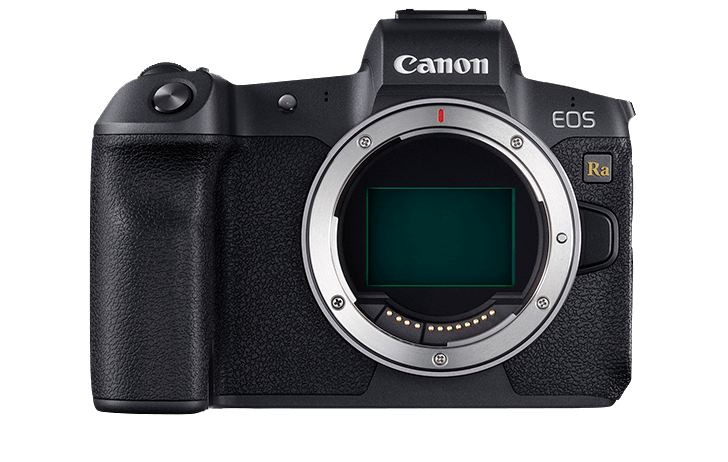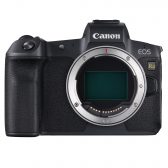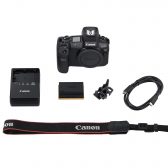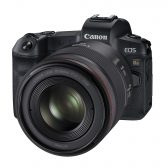Introducing the EOS Ra Camera with Specialized Filtration that Delivers Four Times Greater Hydrogen-alpha Wavelength (656.3 nm) Transmittance Compared to the EOS R
MELVILLE, N.Y., November 5, 2019 — In the words of poet Quintus Ennius, “No one regards what is before his or her feet; we all gaze at the stars.” Helping to gaze and capture the beauty of the stars and beyond, Canon U.S.A., Inc., a leader in digital imaging solutions, today announced the company’s first full-frame mirrorless camera for astrophotography, the EOS Ra. This new camera was built off the EOS R system combining new features, such as four times greater transmittance of hydrogen-alpha (Hα) light of 656.3 nm compared to the original EOS R. For astrophotographers and hobbyists who enjoy capturing the detailed splendor of the night sky, the new EOS Ra will be an ideal camera to shoot with.
Preorder the Canon EOS Ra at Adorama
“Since the introduction of the EOS R full-frame mirrorless camera system last fall, Canon has remained committed to launching a line of impressive and innovative EOS R models and a strong variety of RF lenses and accessories to meet the needs of every skill level of photographer,” said Kazuto Ogawa, president and chief operating officer, Canon U.S.A., Inc. “As a group of photographers who are passionate about capturing what we can’t see with our naked eyes, the new EOS Ra is designed for astrophotographers looking to capture vivid imagery of the night sky.”
Targeting the needs of astrophotographers, the new EOS Ra full-frame mirrorless camera incorporates many advanced features of the EOS R, such as RF mount design, a 30.3MP CMOS sensor, high-precision electronic viewfinder, high-sensitivity, low-noise performance and 4K time-lapse shooting. Optional accessories include an AC adapter kit, which allows the camera to be powered through an AC wall outlet or a battery-powered inverter, a BG-E22 battery grip and three EF-EOS R mount adapters to accommodate the entire range of over seventy EF & EF-S lenses.
Other features include:
- Enhanced transmission of Hα rays (656.3 nm wavelength) through an infrared cutoff filter, helping to capture high-precision images of the deep-red wavelengths emitted by nebulae in vivid color, without any special camera alterations.
- A 30x maximum magnification, allowing users to make extremely precise manual focus adjustments*.
- Support for all Canon RF, EF and EF-S lenses (with the use of an optional EF-EOS R mount adapter), including more than 70 lenses from the EF series as well as RF series lenses, which deliver superb image quality. The variety of lenses, such as the large-diameter f/1.2 lenses, ultra-wide-angle lenses, and super-telephoto EF lenses, among others, are all well suited to help photographers to choose the best match for their specific astrophotography purposes.
Availability and Pricing
The Canon EOS Ra full-frame mirrorless camera is scheduled to be available in mid-December 2019 for an estimated retail price of $2,499.00 for the body only**.
* This magnification ratio applies to the camera only. Not supported by EOS Utility.
**Specifications, availability and prices are subject to change without notice. Actual prices are set by individual dealers and may vary.
Preorder the Canon EOS Ra at Adorama






Now I'm waiting for the their mirrorless PRO. The lack of recent rumors means maybe a longer wait??
Good name for an astro-specific camera.;)
Canon EOS R Review - Weather Testing
You could still collect dew.
Don’t get me wrong I love what direction canon is heading with mirrorless and both the RF and M line.
Meteorites.
(Though in all seriousness, in case someone reading this isn't aware, BOTH can happen in daytime too.)
Now, if Canon will just figure out how to photograph using neutrinos....